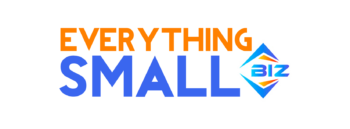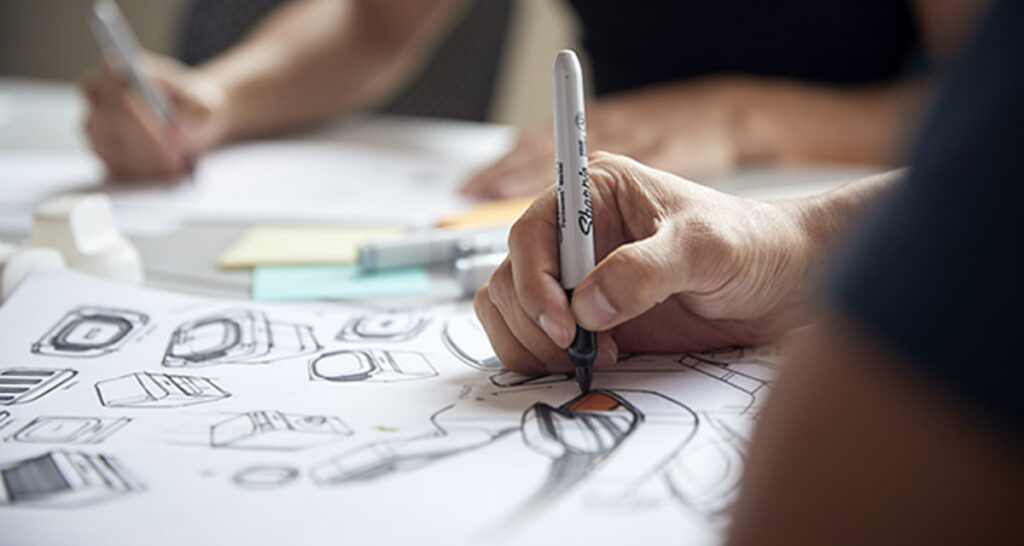In today’s competitive market, product design plays a pivotal role in determining the success of any new launch. Businesses and startups must go beyond functionality and create designs that not only meet user needs but also resonate with their target audience. A strong product design process involves thorough research, creative ideation, prototyping, and iterative testing to ensure that the final product is both aesthetically pleasing and highly functional. Effective product design Consultancy can transform an idea into a tangible solution that meets user expectations and stands out in the marketplace.
Understanding the Product Design Process
The journey from concept to a market-ready product involves several stages, each requiring a unique set of skills and expertise. Whether it’s creating an innovative consumer product or enhancing an existing design, a structured approach ensures that every aspect of the product is carefully considered.
- Research and Ideation: The first step in product design involves understanding the problem, identifying user needs, and defining the scope of the project. This phase includes market research, competitor analysis, and user interviews to gather insights that will inform the design direction.
- Concept Development: Once the research is complete, the focus shifts to developing creative concepts. This stage involves brainstorming and sketching out different ideas, considering various form factors, materials, and functionalities that align with the project goals.
- Prototyping and Testing: After selecting the most promising concepts, designers create prototypes to test the feasibility and functionality of the ideas. Prototyping allows for hands-on experimentation and helps identify any potential issues early in the process.
- Iteration and Refinement: Based on feedback and test results, the design is refined and optimized. This iterative approach ensures that the final product is not only visually appealing but also ergonomically designed for the end user.
- Production and Launch: The last stage is to prepare the design for mass production. This includes selecting suitable materials, finalizing manufacturing processes, and ensuring that the product can be produced cost-effectively without compromising on quality.
Each stage of this process requires collaboration between designers, engineers, and project managers to ensure that the final product aligns with the brand’s vision and customer expectations.
The Role of a Design Consultancy
For companies looking to innovate and expand their product portfolio, partnering with a professional design consultancy can be invaluable. A design consultancy provides the expertise and resources needed to navigate the complexities of the product development process. From initial concept generation to final production, they help bridge the gap between creative ideas and practical solutions.
Consultancies not only bring fresh perspectives but also have experience across various industries, allowing them to apply best practices and emerging trends to each project. For example, one such consultancy that excels in transforming concepts into market-ready products offers services that include product design, prototyping, and digital design solutions. By understanding the unique needs of each client, they develop tailored strategies that ensure successful product launches.
In the realm of Product Design Consultancy, selecting the right partner can make all the difference. Whether it’s a startup seeking guidance on bringing a new product to life or an established company looking to revamp its product line, a skilled consultancy can turn ideas into compelling, user-focused designs.
Why Design Matters for Business Success
Great product design is not just about aesthetics—it’s about creating meaningful experiences that solve real problems. A well-designed product builds brand loyalty, enhances user satisfaction, and ultimately drives business growth. Investing in professional product design services can yield significant returns, as a thoughtfully crafted product is more likely to succeed in the market.
Key benefits of a strong product design include:
- Differentiation: A unique design sets your product apart from competitors, making it more recognizable and appealing.
- User Experience: Intuitive designs improve the overall user experience, making products easier to use and more enjoyable.
- Cost Efficiency: Addressing design challenges early in the process can help reduce manufacturing costs and minimize production issues.
- Brand Perception: High-quality design contributes to a positive brand image, positioning the company as an industry leader.
Conclusion
In conclusion, successful product design requires a blend of creativity, technical expertise, and a deep understanding of user needs. Whether you’re developing a new product or refining an existing one, partnering with a design consultancy can provide the guidance and resources needed to bring your vision to life. By following a structured product design process—from research and ideation to prototyping and production—you can create products that not only look good but also deliver exceptional value to customers.

